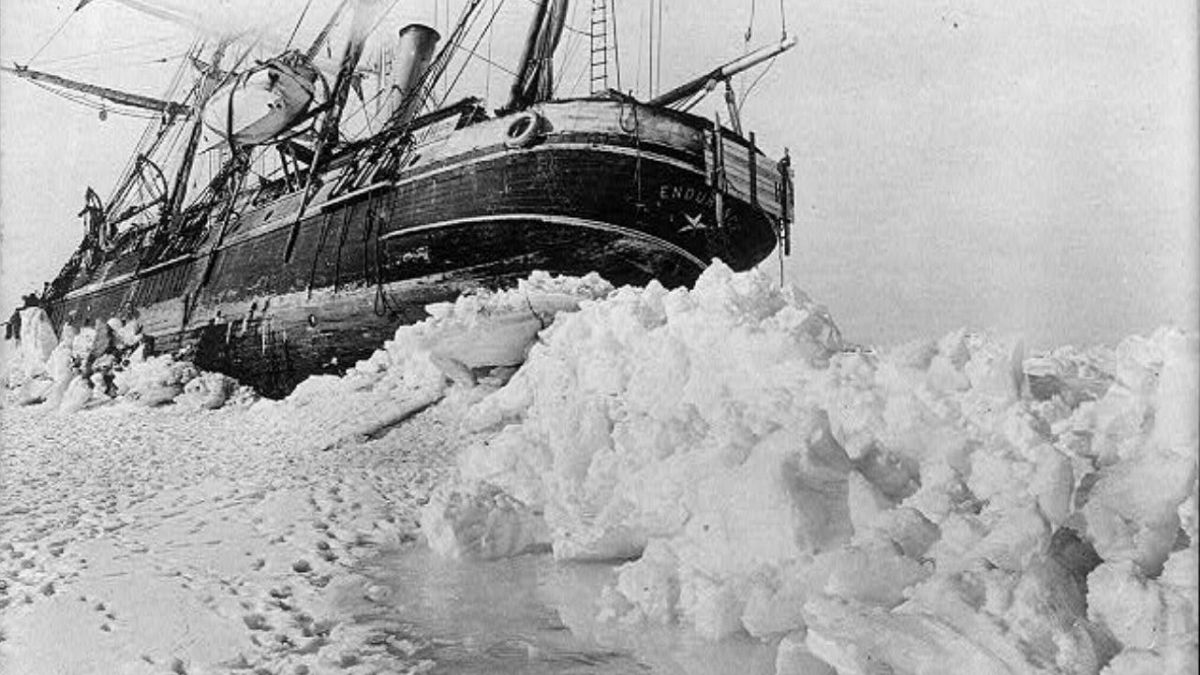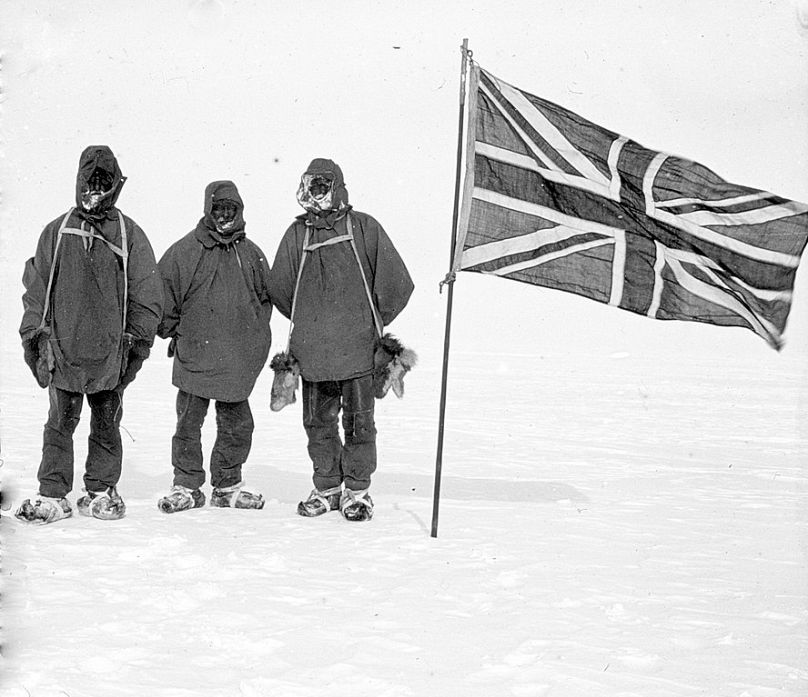The Endurance, captained by legendary polar explorer Ernest Shakleton, sank more than 100 years ago in Antarctica.
A British-led expedition to the Antarctic reached on Sunday the site where the Endurance, the ship captained by legendary polar explorer Sir Ernest Shackleton, is believed to have sunk more than 100 years ago.
Scientists from Cambridge University's Scott Polar Research Institute believe they are the first to reach the site in the Weddell Sea since Shackleton's crew in 1915.
An autonomous vehicle is now roaming under the ice to locate the wrecked ship.
Who was Shackleton?
Born in 1874 in Ireland, Shackleton was an Anglo-Irish explorer who attempted to reach the South Pole on several occasions.
His second expedition in 1908 was initially curtailed by ice, which prevented his ship, the Nimrod, from reaching its intended base site. Undeterred, two sledging parties including one led by Shackleton set off.
Shackleton failed to reach the South Pole but the other party arrived at the south magnetic pole, claiming the Victoria Land plateau as British. Upon their return to the mooring site they found the Nimrod had already set sails without them but Shackleton set fire to the camp to signal the ship which turned around to retrieve them.
He was rewarded by being made a knight.
Five years later, he departed for Antarctica once more, aboard the Endurance. The plan was to reach a base in the Weddell Sea and cross the South Pole to McMurdo Sound. But the Endurance got stuck in ice, leading Shackleton and his crew to begin the most extraordinary of adventures to survive.
The crew first set camp on ice to keep watch over the Endurance. But the boat, crushed by ice, sank after 10 months. They then drifted for a further five months before escaping to the South Shetland Islands on life boats they had kept. From there Shackleton and a crew of five set sail to South Georgia to seek aid. Four months later, he succeeded in rescuing his men from Elephant Island.
Throughout the entire ordeal, not a single member of the crew died.
Shackleton then served in World War I but died in 1924 in South Georgia during his fourth expedition to the Antarctic.
How the expedition got there
Scientists are confident they have reached the right site, thanks to Frank Worsley, Shackleton's navigator, who used a sextant more than 100 years ago to calculate the coordinates of the Endurance's final resting place.
Getting there, however, wasn't easy, as the South African ice-breaker, the SA Agulhas II, had to navigate "through really very thick packed ice," Julian Dowdeswell, Director of the Scott Polar Research Institute, told BBC radio on Monday.
"It's probably only the second ship to get anywhere near this location since the Endurance sank," he added.
Contrary to previous missions which also attempted to find the wreck, this one has launched an autonomous underwater vehicle. It is expected to continue surveying the site for another 24 to 26 hours.
It is equipped with "a number of different sensors, ranging in resolution from about 10m, down to about a metre or even half a metre resolution" as well as cameras, Julian Dowdeswell explained.
But ice makes retrieving the data difficult.
"The robot has to be recovered by the parent vessel... the difficulty with this is always in severe sea ice conditions that it's not that easy to recover the autonomous underwater vehicle," Dowdeswell highlighted.
"The parent ship has been frozen in for a number of hours on two occasions so far and of course it's a very powerful icebreaker so its engine can in general move it but care needs to be taken because this is a serious navigational problem."
What they expect to find
Scientists believe that images captured by the autonomous vehicles will show the Endurance is still well-preserved.
"The ship is always referred to as having been crushed by the ice. In fact, the timbers were breached by the ice but there is no reason to assume that the hull won't be for the most part integral even though there should be a splay of debris including mast and spars and so on around the vessel on the seafloor," Dowdeswell said.
Nothing will, however, be recovered from the wreck.
"The aim is not to recover the vessel. The aim is simply to image it and then leave it there for posterity," Dowdeswell said.



